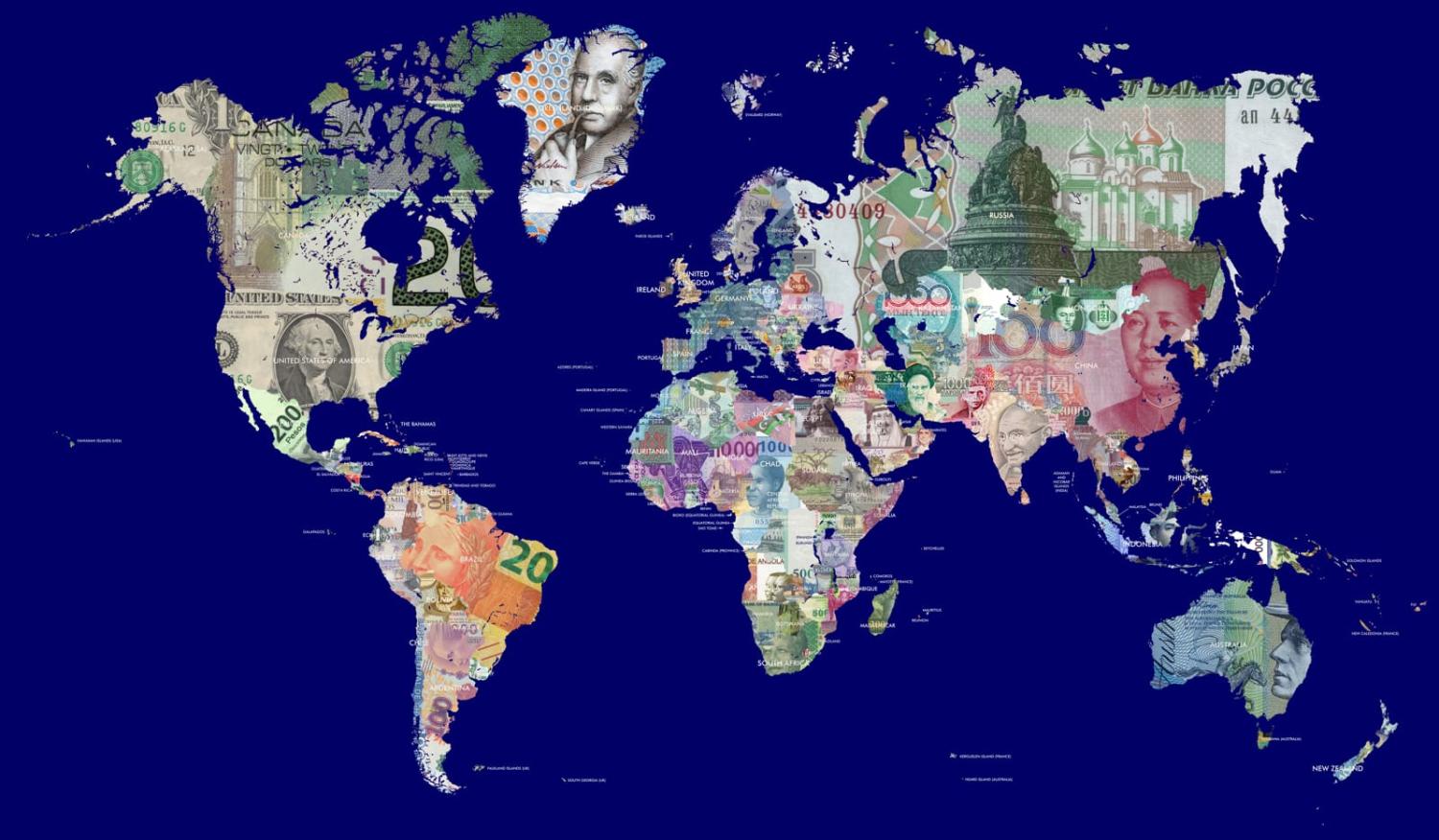A crisis that will set back many developing countries for decades has been brewing since the onset of the pandemic. The debt defaults began slowly in 2020 but are now speeding up; Chad and Zambia defaulted in 2020, then Ghana and Sri Lanka in 2022. Ethiopia, Egypt and Tunisia are tipped to default next, while the bonds of 18 other countries are trading at yields near distressed levels.
To speed up the debt restructuring process, which historically has been long and damaging to everyone involved, the Group of 20 countries introduced the Common Framework on Debt in late 2020, with the International Monetary Fund (IMF) playing its usual role as lead coordinator and technical advisor.
The Framework was lauded as a critical breakthrough for debt-distressed low-income countries. It was intended to speed up the process of providing debt relief, with creditors expected to take on losses – not simply temporary breathing space.
Three years on, however, it is clear that the Common Framework has failed, with the debt restructurings that have occurred so far taking three times as long as in the past.
The Common Framework was hastily established when low-income countries including Zambia and Chad defaulted in late 2020. The Paris Club of traditional Western government creditors became anxious that China – now the biggest official creditor in the world – would both drag its feet and not participate on equal terms with everyone else.
A key goal therefore for the Common Framework was to establish “comparability of treatment” – i.e. that all creditors including commercial creditors would accept similar losses in a debt restructuring deal. Another goal was to reinforce the centrality of the IMF’s role in assessing debt sustainability, given Beijing had only a few years ago released its own debt sustainability framework under its Belt and Road initiative (BRI). The BRI Debt Sustainability Framework introduced elements with higher risk parameters as compared to the IMF’s approach.
It is by now clear however that China either had a very different understanding of the Common Framework’s terms or wasn’t serious when signing up to them.
Common rules, especially around comparability of treatment, are essential to being able to move forward complex debt restructuring negotiations involving a multitude of official and private sector creditors. And the longer the process takes, the more economic damage tends to befall the defaulting country (and the lower its likely ability to repay its creditors anyway).
Real discussion of how this is expected to work in practice is only occurring now, through a working group steered by the IMF, World Bank and India, the current G20 president. It remains to be seen how the recommendations, including on comparability of treatment, will be implemented. Even then, they are non-binding, leaving country negotiations to continue on a case-by-case basis – defying the whole point of having a unified framework in the first place.

When it comes to China’s role, two key issues of consistency stand out.
First, China seems to want to pick and choose when its policy banks – which have led its Belt and Road lending – are considered official or commercial lenders. For example, in Sri Lanka, China has accepted that China Development Bank (CDB) be treated as an official lender whereas in Zambia, it has argued that CDB is a commercial creditor (and thereby likely subject to smaller losses).
A second problem is that China is highly reluctant to take a haircut on its loans, preferring to defer debt repayments instead. In doing so, China is effectively trying to treat the various debt crises it is caught up in as mere problems of illiquidity, rather than the insolvency problems that they really are.
For instance, China has deferred Laos’ scheduled debt repayments four consecutive times between 2020 and 2023 but has yet to recognise that the country is virtually insolvent. Meanwhile, the Lao government’s most recent revenue strategy has consisted of selling off state assets. For the Common Framework to remain relevant, it must be explicit on how and what a country and its creditors need to do when it is insolvent.
Even leaving aside China’s views on assessing debt sustainability, there remain deep issues with broader aspects of the Common Framework.
For one, there is no guidance on how to treat domestic debt, particularly in countries where high-yield domestic bonds are heavily traded and held by foreign investors, as in the case of Zambia. Another major issue is that the Framework only applies to low-income countries, drawing an arbitrary distinction with many other equally fragile lower middle-income countries that the IMF itself judges to be most at risk of debt problems.
The Common Framework’s most crucial failing however is that it does not provide a minimum standard for imposing similar debt relief requirements on private as compared to official creditors. This not only undermines comparability of treatment but also works to delay the restructuring process while allowing some creditors to effectively hold defaulting countries to ransom.
At the very least, a proper solution would push all creditors to recognise losses on the face value of their debt, not simply a restructuring of when payments are due or at how much interest. Instead, the Common Framework risks leaving countries burdened with a persistent debt overhang, even after restructurings are complete. That will leave them not only on a permanently lower growth path but also still at considerable risk of repeated debt problems. Climate change and more frequent natural disasters will only make matters far worse.
For what it is worth, the IMF and World Bank have advocated for an initiative similar to the Highly Indebted Poor Country Initiative in the late 1990s. But the Common Framework is nowhere near that in either its vision or practicality.


